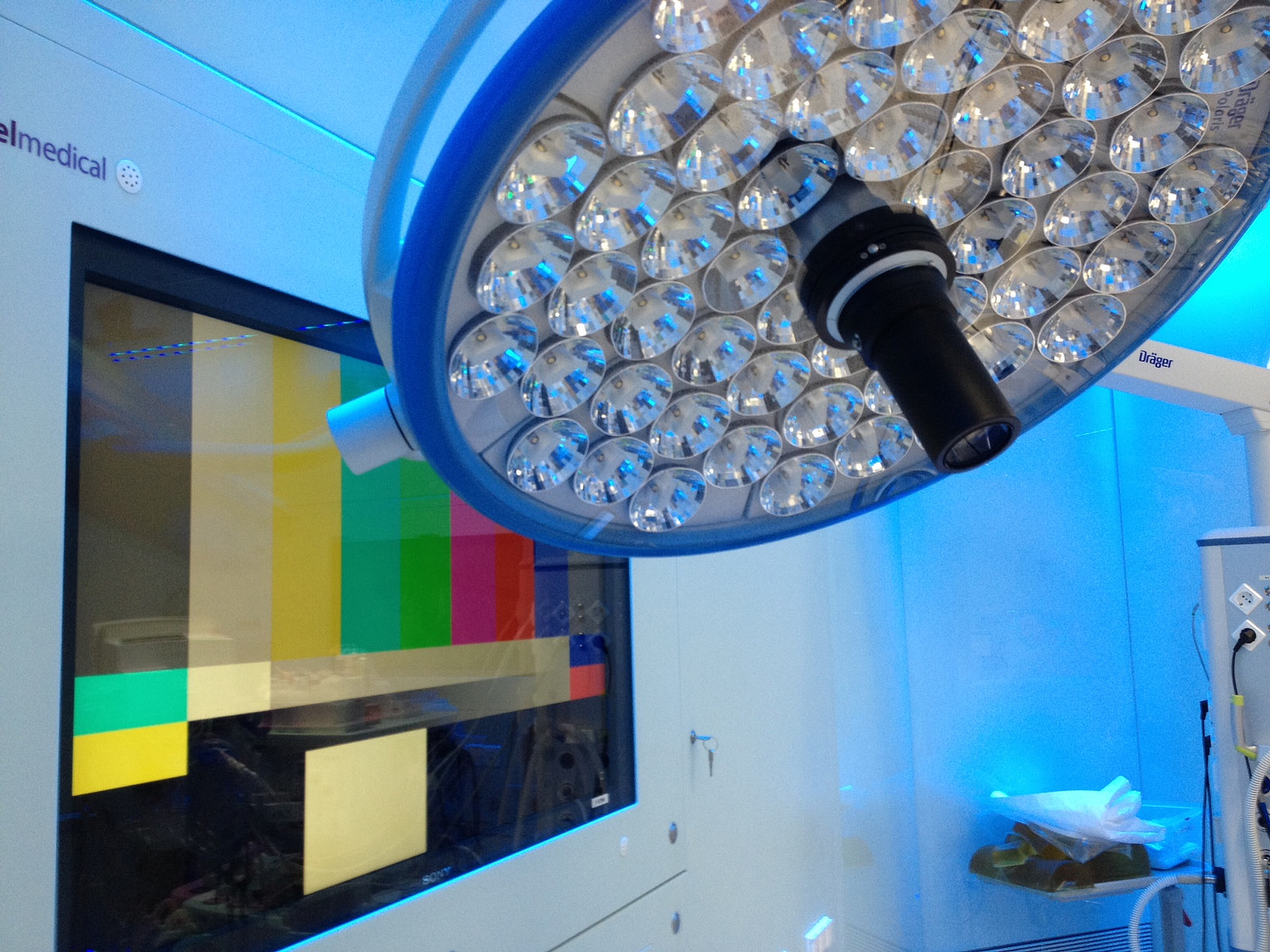Innovation Gridlock in Healthcare: Big Ideas and Big Data

By: Sona Rao
When you think of innovation there are two words to keep in mind: big data. It is a buzz phrase that has sparked countless conversations in technology and has changed the way industries operate and perform. What is big data and why is it so powerful?
In an increasingly digital environment, everything you experience is data-driven. Every click of your mouse is tracked by companies and used to improve online services by predicting what consumers want. For example, when online shopping giants like Amazon want to track all the products that every user has clicked on, all of those “clicks” are aggregated into a database and analyzed. That’s a lot of data. This is the essence of big data: huge amounts of information in all shapes and sizes being swallowed by companies at a great speed. And the process of using that data to improve performance and technology is called innovation.
What happens when you apply the same concept to patient data? Organizations use digital information of previous and current patients to save the lives of others and increase the accuracy of public health research. Using patient data is not a new feat; however, in order for healthcare companies (particularly start-ups) to implement new technologies and ideas, this data needs to be much more public than it has been in the past.
Historically, the healthcare industry was fairly inelastic because of its reluctance towards changes in technology. Hospitals and practices hold the lives of people in their hands (or computers), and as a result, wield a huge responsibility in preserving large amounts of health information. This also makes them subject to heavy government regulation. In healthcare, innovation is a risk, but technology companies insist that it is a risk worth taking because their products and strategies could promote efficiency and save more lives.
Those companies were right. Now that the industry that constitutes nearly 17.6% of the nation’s GDP (Source) has finally said goodbye to the days of pen and paper, patient data is primarily stored in electronic health records (EHRs). Broadening access to this data, however, is controversial. Let’s look at a situation. As health centers approach new frontiers in preventive medicine, physicians are relying more on evidence-based decisions rather than their sole professional judgement. If a company wants to develop an algorithm that predicts, for example, the probability that a transplanted kidney will fail, developers need information on the patient and donor such as their age, blood type and antibody levels (Source). The controversy is purely ethical.
There are three fundamental concerns in the health community on releasing patient data: privacy, consent and equity. First, medical information is highly personal. With organizations adopting more open source technology, the security of your information is quite precarious. Most “individually identifiable health information” (e.g. your name) is protected by the HIPAA Privacy Rule (Source). However, HIPAA does not protect medical data that is not unique, such as your blood pressure or type of diabetes. As a result, contracted data brokers disclose large sets of this unprotected information and channel them to researchers and businesses. Some brokers covertly obtain information, whether it is protected by HIPAA or not. In this case, data sets are not monitored and could contain incorrect information (e.g. inaccurate test results) that would skew results and breach security (Source). This is especially concerning given the trend of researchers interested in how personal lifestyle could predict overall health. This means brokers need to access personal information like where you shop and your interests. If you had a choice, would you share your data?
This leads to consent. Experts debate on whether or not patients have legal ownership of their medical information. If that were the case, organizations would be reluctant to delay their data-acquisition process until patients complete a consent form. More regulation on data security would certainly not change incentives to innovate, but rather make it more difficult to do so. Most entities that have the resources to access this information want to promote medical decision-making and quality of care, however this data is just as accessible to those with different incentives.
Finally, health administration is concerned that sharing your information might not promote equity. Even if you allowed companies to access your data, the technology they develop may not personally benefit you. Nowadays, only facilities with a big wallet can afford to adopt cutting-edge technologies.
By considering all of these ramifications, members of the health community continue to have conversations about the future of public health information. Innovators in health technology and practices thrive on data – and lots of it. Innovation is going to expand the ways health providers serve their patients, and the healthcare industry is growing profusely with the new technologies and strategies that organizations are bringing to the table, albeit the difficulties associated with developing them. Once we find a balance between interoperable information and patient data security, we will have the unfettered chance to move the industry forward.

